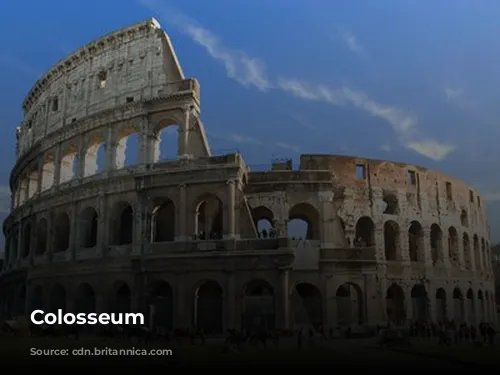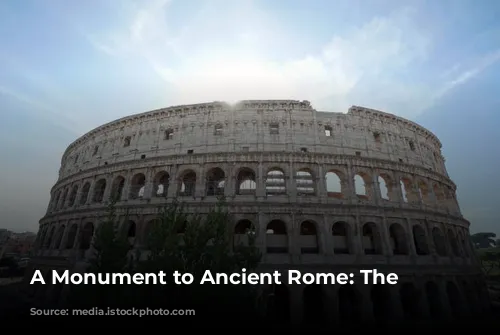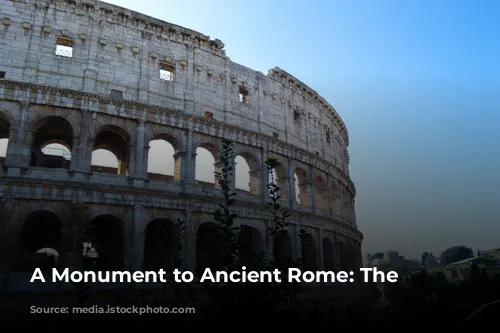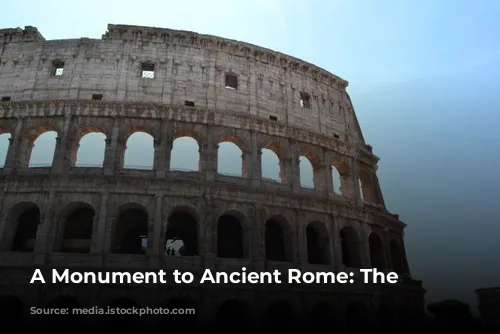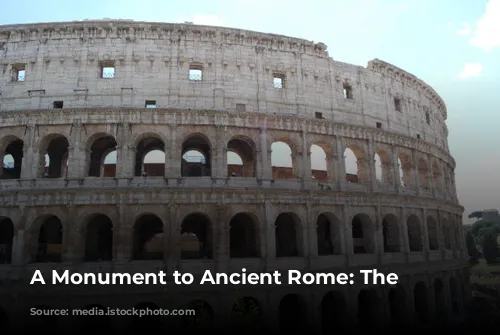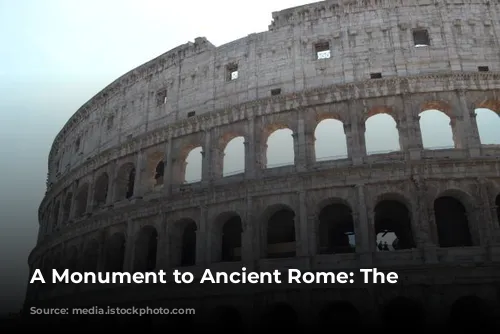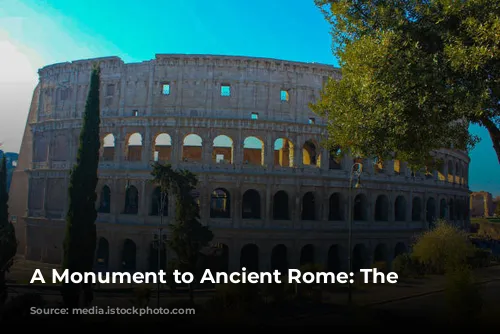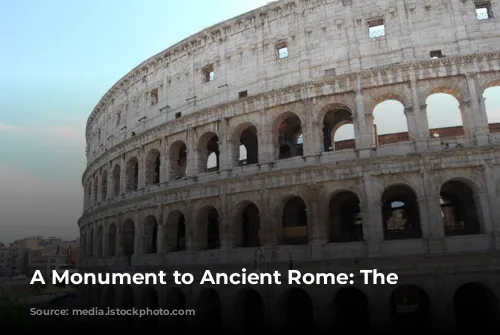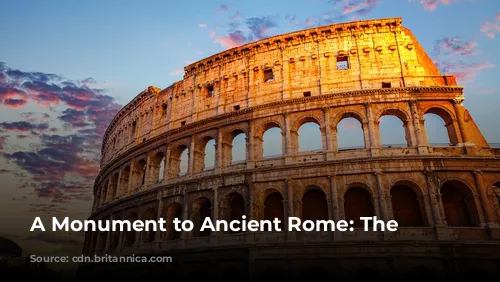The Colosseum, a testament to the architectural genius and engineering skills of ancient Rome, is one of the few structures from that era that has survived largely intact. It stands tall today, captivating visitors with its grandeur and historical significance. But the Colosseum is more than just a breathtaking sight; it is also a vital source of income for the Italian government. In 2018 alone, the Colosseum, the Roman Forum, and Palatine Hill together generated a staggering $63.3 million (€53.8 million), making them the most lucrative tourist attraction in Italy.
The Colosseum’s story is a poignant reminder of the rise and fall of empires. After the decline of the Western Roman Empire, the arena fell into a state of severe disrepair. During the 12th century, the Frangipane and Annibaldi families, two powerful Roman families, took possession of the Colosseum, converting it into their fortress. In the late 15th century, Pope Alexander VI permitted the Colosseum to be used as a quarry, stripping it of its precious materials for other projects. It was only after over a thousand years of neglect and abuse that state-funded restoration efforts began in the 1990s, breathing new life into the ancient monument.
A Monument to Entertainment
The Colosseum’s construction was part of a grand scheme by Roman emperors to rejuvenate the city after the tumultuous year of the four emperors in 69 CE. Like other amphitheaters, the Colosseum was conceived as a hub of entertainment. Emperor Vespasian, known for his pragmatism and strong leadership, intended the Colosseum to be a venue for thrilling spectacles, hosting gladiatorial combats, fierce animal hunts, and even elaborate mock naval battles.
The Colosseum’s construction began under the rule of Vespasian between 70 and 72 CE. His son and successor, Titus, completed the structure in 80 CE, dedicating it with a grand celebration that lasted 100 days. Emperor Domitian, Titus’s younger brother, added the Colosseum’s fourth story in 82 CE. It is interesting to note that the Colosseum was financed by the spoils taken from Titus’s conquest of Jerusalem in 70 CE. The labor force for the Colosseum was comprised of Jewish slaves from Judaea, a fact that speaks volumes about the realities of conquest and the use of forced labor in the Roman Empire.
A Structure of Immense Scale and Detail
The Colosseum is an amphitheater, also known as the Flavian Amphitheatre, built in Rome during the reign of the Flavian emperors. This elliptical structure, made of stone, concrete, and tuff, rises four stories high, stretching 620 by 513 feet (189 by 156 meters) and boasting a capacity of up to 50,000 spectators. This colossal structure served as the arena for the legendary gladiatorial combats, a testament to the Roman fascination with spectacle and violence.
A Symbol of Imperial Power and Public Entertainment
The Colosseum’s location, just east of the Palatine Hill, on the former site of Nero’s opulent Golden House, is no mere coincidence. The artificial lake that served as the centerpiece of Nero’s palace was drained, and the Colosseum was built in its place. This decision was as much symbolic as it was practical. Vespasian, whose rise to power was marked by humility and a rejection of Nero’s extravagance, chose to replace the tyrant’s private lake with a public amphitheater that could entertain thousands of Romans. This was a clear statement of Vespasian’s intentions to create a new era, one focused on public welfare and entertainment rather than imperial excess.
The Colosseum stands out from its predecessors. While earlier amphitheaters were often built into hillsides for additional support, the Colosseum is a freestanding structure of stone and concrete, using a complex system of barrel vaults and groin vaults to support its immense weight. Its three main stories are adorned with arcades, framed by engaged columns in the Doric, Ionic, and Corinthian orders, a design that became a cornerstone of Renaissance architecture. The Colosseum’s materials reflect the ingenuity of Roman engineers: travertine for the main structure and facade, volcanic tufa for the secondary walls, and concrete for the inner bowl and arcade vaults.
A Stage for Spectacle and a Symbol of Roman Might
The Colosseum was designed to accommodate a vast audience. Up to 50,000 spectators could enjoy the spectacle, sheltered from the scorching sun by a massive retractable awning known as the velarium. This impressive feat of engineering required hundreds of Roman sailors to manipulate the rigging that extended and retracted the velarium. The Colosseum was the scene of countless gladiatorial combats, man-against-animal contests, and even mock naval battles. However, the historical record is unclear on whether the Colosseum was the site of the martyrdom of early Christians.
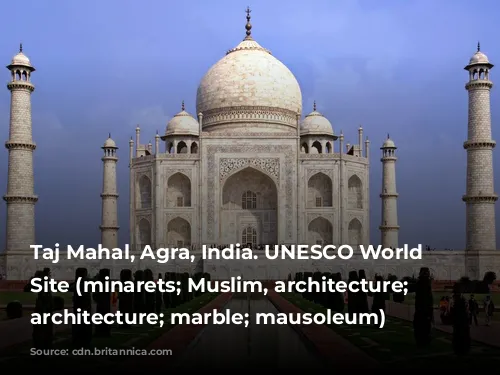
A Long and Tumultuous History
The Colosseum’s story extends beyond its glorious past. In medieval times, it was repurposed as a church, then as a fortress by the Frangipane and Annibaldi families. Over time, the Colosseum suffered from the ravages of time, lightning strikes, earthquakes, and vandalism. The once-magnificent marble seats and decorative elements were stripped away, leaving the structure a mere quarry for over a thousand years.
The preservation of this iconic monument began in the 19th century, spearheaded by Pius VIII, with major restoration efforts beginning in the 1990s. Today, the Colosseum continues to be one of Rome’s most beloved tourist attractions, welcoming nearly seven million visitors annually. Regularly changing exhibitions explore the culture and history of ancient Rome, offering a glimpse into the fascinating world that gave birth to this iconic structure.
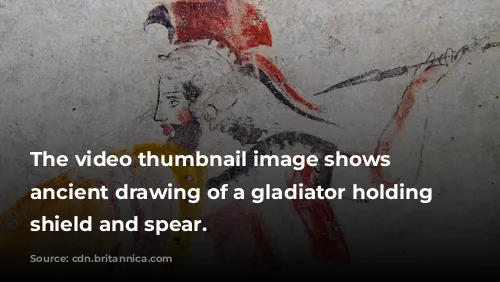
Conclusion
The Colosseum, a testament to the creative genius of the Roman Empire, endures as a symbol of grandeur, resilience, and the captivating allure of ancient Rome. It reminds us of the power of human creativity and the enduring legacy of history. From its origins as a center of entertainment to its long and often turbulent history, the Colosseum continues to captivate our imaginations and stand as a powerful symbol of Rome’s enduring legacy.
